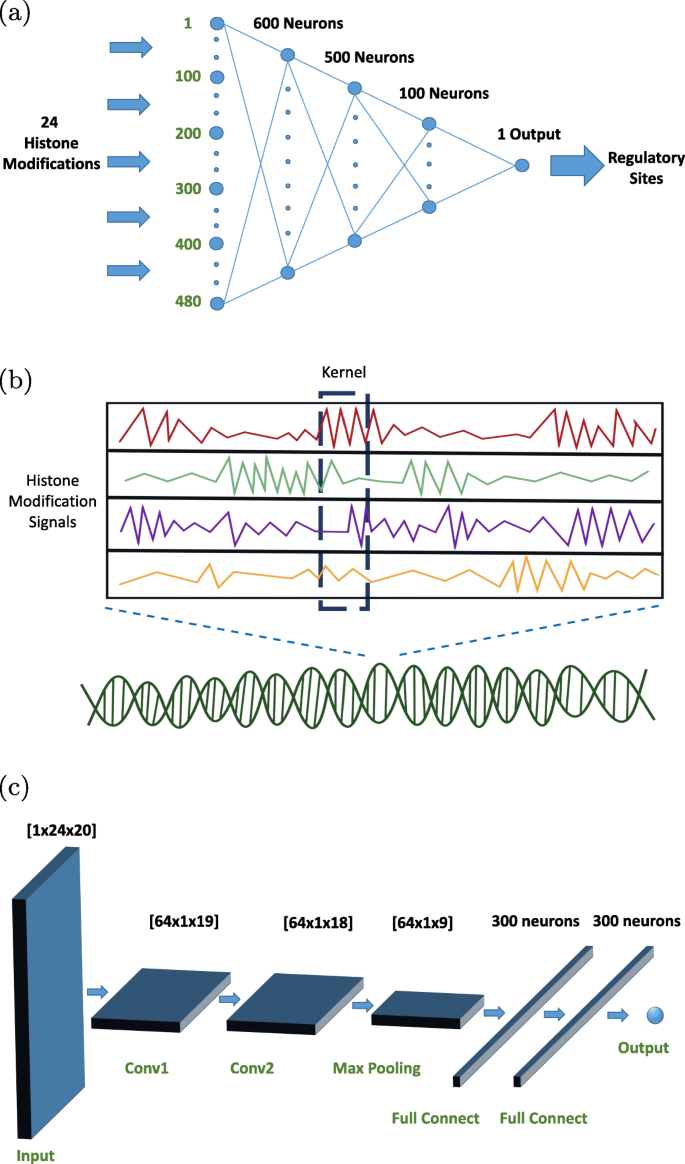Free Algebra 2 worksheets (pdfs) with answer keys-each includes visual aides, model problems, exploratory activities, practice problems, and an online component. 1.1 Square Number and Area Model. Notes 1.2 Squares and Square Roots. Worksheet Solutions. 1.4 Estimating Square Roots. Assignment Review. The square of largest number is not equal to sum of squares of the other two numbers. So (1, 5, 10) is not a Pythagorean triplet. (B) (3, 4, 5) Here 3 2+42 = 5 The square of largest number is equal to sum of squares of the other two numbers. So (3, 4, 5) is a Pythagorean triplet. (C) (2, 2, 2) Here 22+22 ≠ 22 The square of largest number is.

Math 8 English Please note that this page is not actively being updated as I am teach French Immersion classes now. > Chapter/Unit 1 Square Roots and the Pythagorean theorem
| |||||||||||||||||||||||||||||||||||||||||||||||||||||||||||||||||||||||||||||||||||||||||||||||||||
Review and Chapter 1:
Page(s)
Exploring Math – Algebra xvii
Learning Together – Rational Numbers 4 – 5
1.1 Estimating and Calculating Square Roots 8 -11
1.2 Applying Square Roots 12 – 13
1.4 Exponents and Powers 16-18
1.5 The Exponent Rules 20-21
1.7 Scientific Notation 24-25
1.8 Working with Exponents 26-29
Learning Together Patterns and Powers 30-31
1.9 Powers of Monomials 32-34
1.11 Zero and Negative Exponents 36-39
1.12 Scientific Notation: Small Numbers 42-43
Technology- Calculators and Order of Operations 44
Connecting Math and Archaeology- Radio Carbon Dating 50
Chapter 2
Pages
2.2 Evaluating Expressions 62-63
Words to Symbols 66-67
2.4 Writing Equations 68-69
2.5 Solving Equations 70-71
Algebra Tiles 72-73
2.6 Using Addition to Solve Equations 74-76
2.7 Using Division and Multiplication to Solve Equations 77-79
2.10 Solving Equations Using More Than One Step 88-91
2.11 Solving Equations with Variables on Both Sides 92-93
2.12 Distributive Property 94-95
2.13 Solving Equations with Brackets 96
Equivalent Forms of Algebratic Equations 99-100
2.14 Solving Equations with Fractions and Decimals 101-103
Chapter 3
Pages
Activities 112-113
3.1 Solving Problems Using Equations 114-117
3.8 Solving Inequalities 132-135
Chapter 4
Pages
4.2 Adding Polynomials 150-152
4.3 Subtracting Polynomials 154-155
Learning Together (Algebraic Tiles) 158-159
4.5 Multiply Multinomials 160-161
4.7 Dividing Mononomials 164-165
4.8 Sequence the Operations 166-167
Chapter 5
Pages
Activities 178
Getting Started 179
5.1 Common Factors and The GCF 182-184
5.2 Factoring Expressions with Common Factors 185-186
5.3 Multiplying a Polynomial by a Monomial 188-189
5.4 Dividing Polynomials by Monomials 190-191
5.5 Binomial Products (FOIL) 193-194
5.7 Special Product (a+b)(a-b) 198-199
5.9 Special Product Perfect Squares 202-203
5.10 Products of Polynomials 204-205
5.11 Rational Expressions 206-207
Chapter 7
Pages
Learning Together – Volumes 266-267
7.3 Area and Volume of a Prism 268-270
7.4 Area and Volume of a Pyramid 272-274
7.5 Area and Volume of a Cylinder and a Cone 276-278
Chapter 6
Pages
Activities 220-221
6.1 Congruent Triangles 222-225
Investigating Similar Triangles 226-227
6.2 Similar Triangles 228-231
Chapter 8
Pages
8.1 Translations 300-302
8.2 Reflections 303-305
8.3 Rotations 306-307
8.4 Dilations 309-311
Ch. 1 Squares Square Roots And Pythagorasmr. Mac's Page Number
Chapter 9
Pages
Activities 327-329
9.1 Reading Scatter Plots 330-331
Workbook (Matrices, Line of Best Fit, Slope) 11-13
9.2 Drawing Scatter Plots 332-333
Workbook 14-16
Estimating with Line of Best Fit 338-339
Workbook 16-19
3.7 Interpreting Graphs 130-131
Misleading Statistcs 340-341
Collecting Data 342-343
Slope (Workbook) 23-33
9.4 Probability Formula 348-349
9.5 Independent Events 350-355
Matrices (Workbook) 1-8


